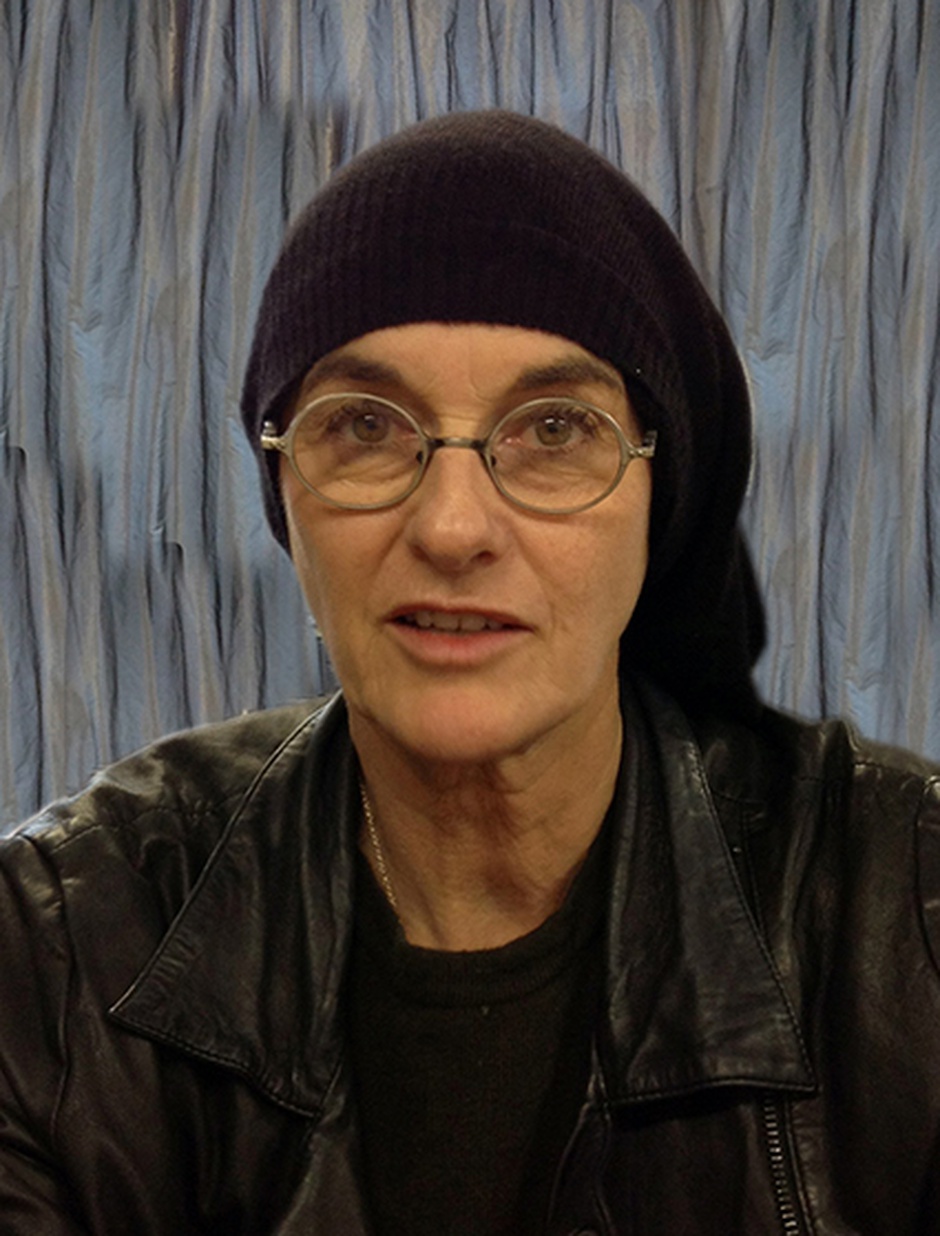Julia Morison
Seriously fanciful, robustly playful, viscerally coy (or coyly visceral) – these phrases may seem to be oxymorons, yet existing rules don’t comfortably apply to the work of esteemed New Zealand artist Julia Morison.
Julia has a stellar career spanning more than three decades and her work is renowned for its capacity to push formal and conceptual boundaries and to challenge conventions or dominant trends.
Born in Pahiatua in 1952, Julia Morison lives and works in Christchurch. She began her studies at the illustrious Wellington Polytechnic School of Design, completing a Diploma in Graphic Design in 1972, and then an Honours degree in Fine Art from the University of Canterbury School of Fine Arts in 1975. She has exhibited extensively throughout New Zealand and internationally.
She was awarded the Frances Hodgkins Fellowship in 1988 and undertook the Moët & Chandon contemporary art residency in Avize, France in 1990. Julia continued to live and work in France until her return to Christchurch in 1999 to lecture in painting at the University of Canterbury, a position she held until 2007. Her major survey exhibition 2006-07 A loop around a loop: Julia Morison was jointly organised by the Christchurch City Gallery and the Dunedin Public Art Gallery.
Julia was made a New Zealand Foundation Art Laureate in 2005.
Her work is wonderfully diverse across a variety of media including painting, photography, sculpture and installation and It has always eschewed easy categorization by chronology alone as there are multiple points of formal and symbolic return throughout her oeuvre.
Always in the mix was the investigation and testing of existing systems of ordering and systematizing form and content – from Euclidian geometry, the legacies of constructivism and formal abstraction, through to interrogation and re-imagining of alchemy, number symbolism and in particular the Jewish mystical tradition called Kabbalah. –Julia’s interest in the Kabbalah was in part brought about through a discovery of a key book on the subject by Charles Ponce, found in the Wellington Polytechnic library – sadly no longer part of the library holding!
Julia has always been an avid and independent researcher, devouring ancient and more contemporary writings. How she draws upon or extrapolates from source materials is never slavishly faithful. The potency and veracity of a sign or symbol is something to be tested and toyed with.
Within many of the works of the 1980s and 1990s there was a systemic logic based on groupings of ten units. Increasingly components became modular and could be placed and positioned in a myriad of different configurations to produce new meanings and refreshed relationships with each other and the context within which they are positioned, such as 1,m0n0chr0mes from the mid 1990s.
Two more recent works that have pushed this mobility and mutability into fascinating terrain are Gargantua’s Petticoat and Myriorama – the latter a seductive series of linear forms, twists and loops that have been re-worked across multiple locations including the Adam Art Gallery, Tauranga Art Gallery and the Sydney Opera House as part of the 2010 Sydney Biennial.
While reproductions of Julia’s work are highly compelling – there are few other artists working in New Zealand whose art so aptly suits the descriptor ‘embodied knowledge’. A potent physical relationship exists between the viewer and the work. Julia’s use of a spectrum of materials has tested our assumptions and associations – she has worked with substances as varied as blood, excrement, gold, lead, clay, wood, hair, bees and mercuric-oxide.
A key work exploring our understanding of how value is assigned rather than innate, is the painting Hermes from 1985, a painting of a dog/god using two materials, the artist’s disinfected excrement and gold paint/leaf.
Julia revisits our relationship with and to things canine and fecal – just shy of thirty years later – in a “collaboration” with her dog Mouse, where ten delicate domed sculptural mounts present Mouse’s ‘productions’ as both elegant and abject configurations – with a nod to Piero Manzoni’s notorious cans of Shit there is a mischievous and irreverent humor evident in M(o)usings that is consistent throughout her work.
Whether traversing the length of Myriorama, or pulling in close to inspect one of the tactile and visceral sculptural works, as a viewer you are enticed to both think and feel, it is a deeply sensual and thought provoking experience. The artist has that rarest of abilities to push and pull across visceral and conceptual registers with just the right economy of means.
— Citation written by Heather Galbraith, delivered by David Cross, for induction into the Hall of Fame, Massey University, 2012
Julia was made an Officer of New Zealand Order of Merit in 2018 for services to Visual Arts.
Emily Gardener- Assistant and Consultant to Julia Morison
emilygardener@gmail.com
Jonathan Smart Gallery, Christchurch— www.jonathansmartgallery.com/
